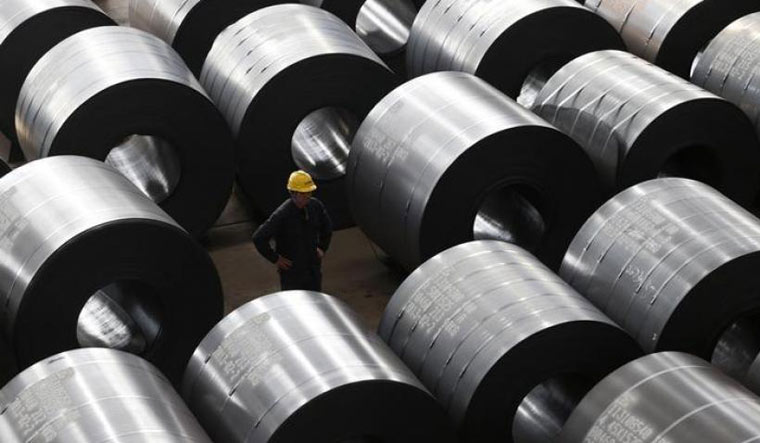There has been a recovery in domestic demand for steel, especially during the post lockdown period, as well as an increase in steel prices. However, many experts say that a full uptake of domestic steel consumption will only be possible after the next one or two quarters.
Steel exports continues to see supply chain disruptions, though these are expected to ease with rising exports to countries such as China, Vietnam and the UAE.
Resumption of construction activities in India with Unlock 3.0 is also expected to increase domestic consumption though exports will still have a steady growth over domestic consumption in India.
“In the last one month, there has been a recovery in demand for steel, which was bleak since March 2020. Demand recovery is faster in rural areas than in urban areas as economic activities continue in rural areas, which have been less affected due to the pandemic," says Bal Krishna Piparaiya, Senior Director, Brickwork Ratings.
"Steel prices are up by nearly Rs.2,000/tonne in the past fortnight on the back of higher international prices and commissioning of economic activities post-Covid19. HRC (Hot Roll Coil) prices, which were at around Rs.34000/tonne in May 2020, have increased to Rs.38000/tonne in August 2020. Still, there is a gap between international and domestic prices, which provides a further cushion to domestic players to increase prices. Furthermore, the price of iron ore is still discounted in the local market, compared with the international market, which is beneficial for domestic steel companies. Supply-side adjustments are also happening simultaneously, along with demand, which is coming back,” he added.
Experts point out that steel production In India was declining since March 2020, although the output had improved in July compared to the low levels in April when India had imposed strict lockdown measures. The low domestic demand for steel also created large scale inventory in the Indian steel sector. At the same time the surge in the COVID-19 cases continue to pose supply chain disruptions.
“While there are tentative signs of demand recovery on the back of realisation of pent up demand, overall subdued demand, large inventory along with supply chain bottlenecks are expected to prevent ramping up production activities. Nonetheless, the significant pick up in the Iron and Steel exports which recorded a 100 percent year on year growth in the month of June and a cumulative 44 percent year on year growth during Apr-June 2020, due to strong demand from China, Vietnam and UAE had supported the sector to some extent as demand slumped," says Dr. Arun Singh, Global Chief Economist at Dun and Bradstreet India.
"We expect the sector to recover over the medium to long term as we anticipate that the sectors which drive the demand for steel such auto, construction, electronics and consumer durables will only recover over the long term. We assume that frontloading of investments by the government outlined in the National Infrastructure Pipeline along with the Steel Scrap Recycling Policy to reduce imports will support the pace of recovery of the sector," he added.
The lockdown had created scarcity of resources in the construction space as there was shut down of many projects and the exodus of labour. That had increased the prices of construction materials including steel. This problem had been compounded due to the supply chain disruption due to the lockdown. This situation may return to normalcy as resumption of construction activity resumes.
“There has been a steep rise in the prices of construction raw material due to the unavailability of sufficient resources. In case of steel, prices vary depending on the quality of steel. Steel prices have seen a moderate rise over the last 6 months and have increased by 1 percent. Currently, there has been an increase of Rs 2,000 per MT —that is from Rs.42,000 MT to Rs.44,000 MT per kg—in different states depending on demand for construction in respective sectors,” pointed out Shrinivas Rao, CEO-APAC, Vestian Global Workplace Service.
As per the data from the Ministry of Steel, India had emerged as the second largest producer of crude steel during 2018 and 2019 from its 3rd largest status in 2017. The country was also the largest producer of sponge iron in the world and the third largest finished steel consumer in the world after China and the US in 2019.
In 2017 the government released the National Steel Policy, which laid down the broad roadmap for encouraging long term growth for the Indian steel industry, both on demand and supply sides, by 2030-31. The government had also announced a policy for providing preference to domestically manufactured Iron and steel products in government procurement.



